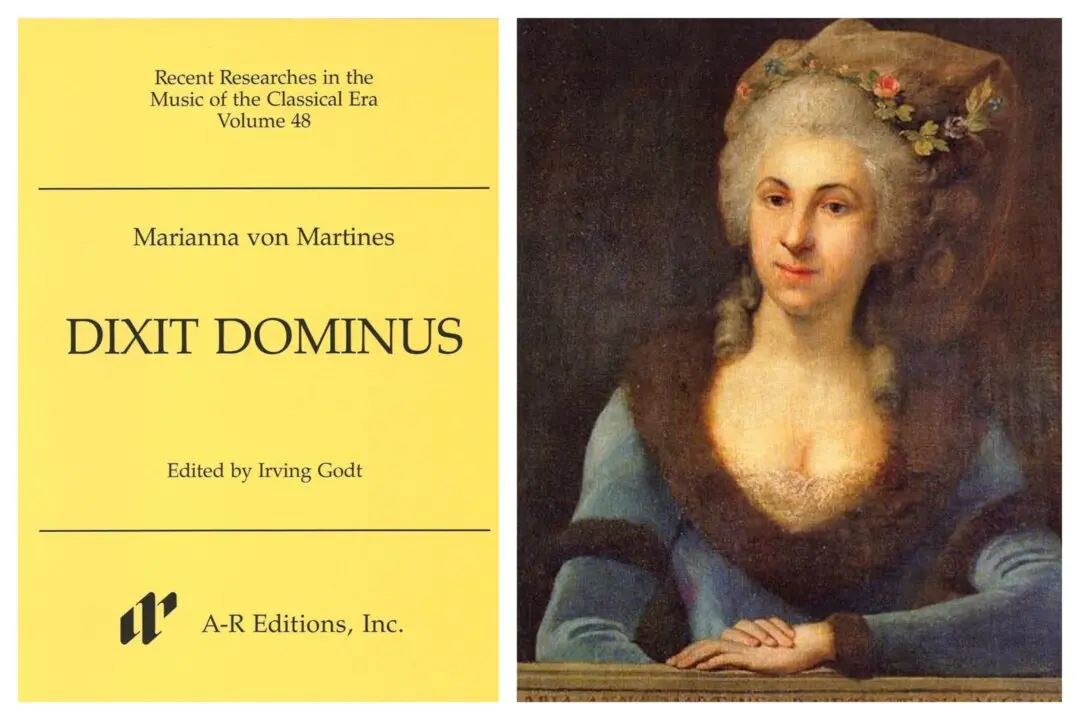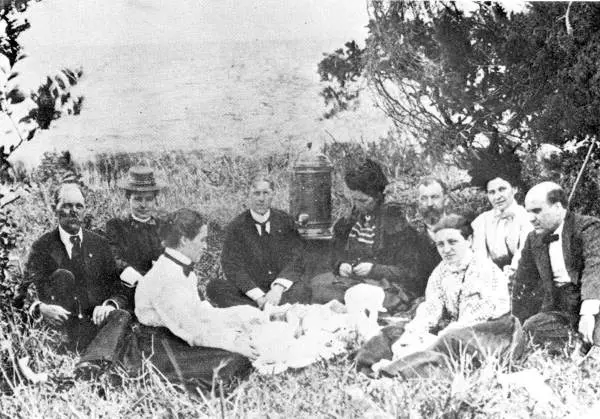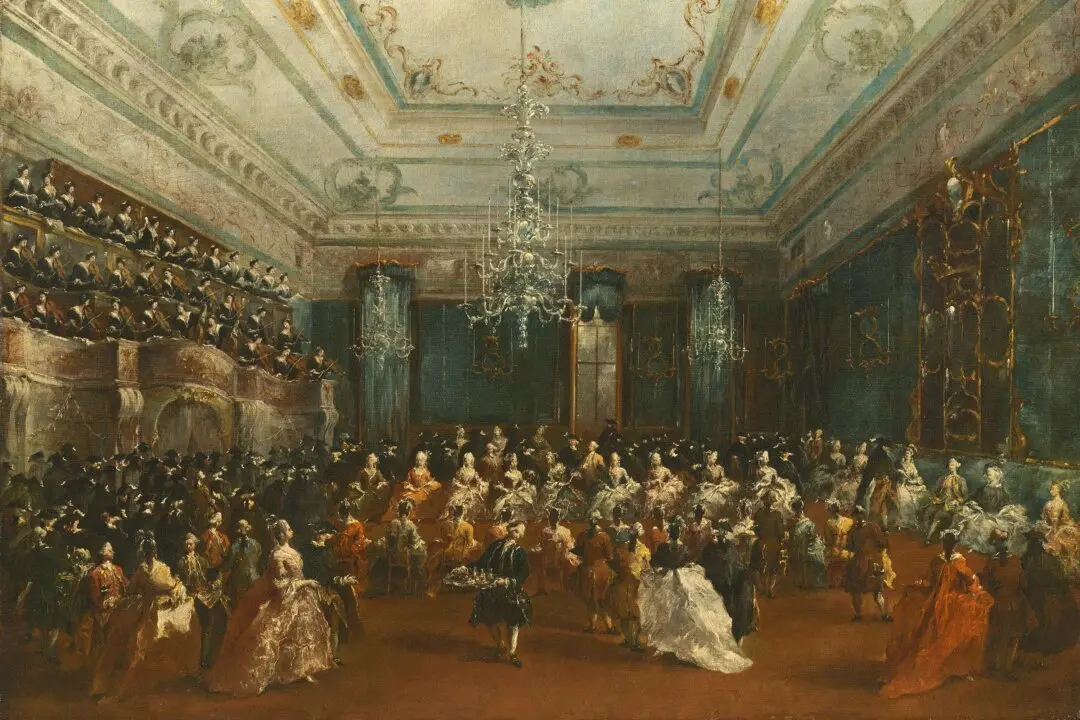Life is always an unfinished business. This is obviously truer for some than others. When people are cut down in their prime, an unanswerable “What if?” always hovers over them.
Like his English contemporary the poet John Keats, Franz Schubert led a brief, impoverished, and unappreciated life of wild creativity. Dying young within a few years of each other (Keats in 1821, Schubert in 1828), they each left an indelible mark on their field and are now considered among the greatest practitioners of their art forms.





